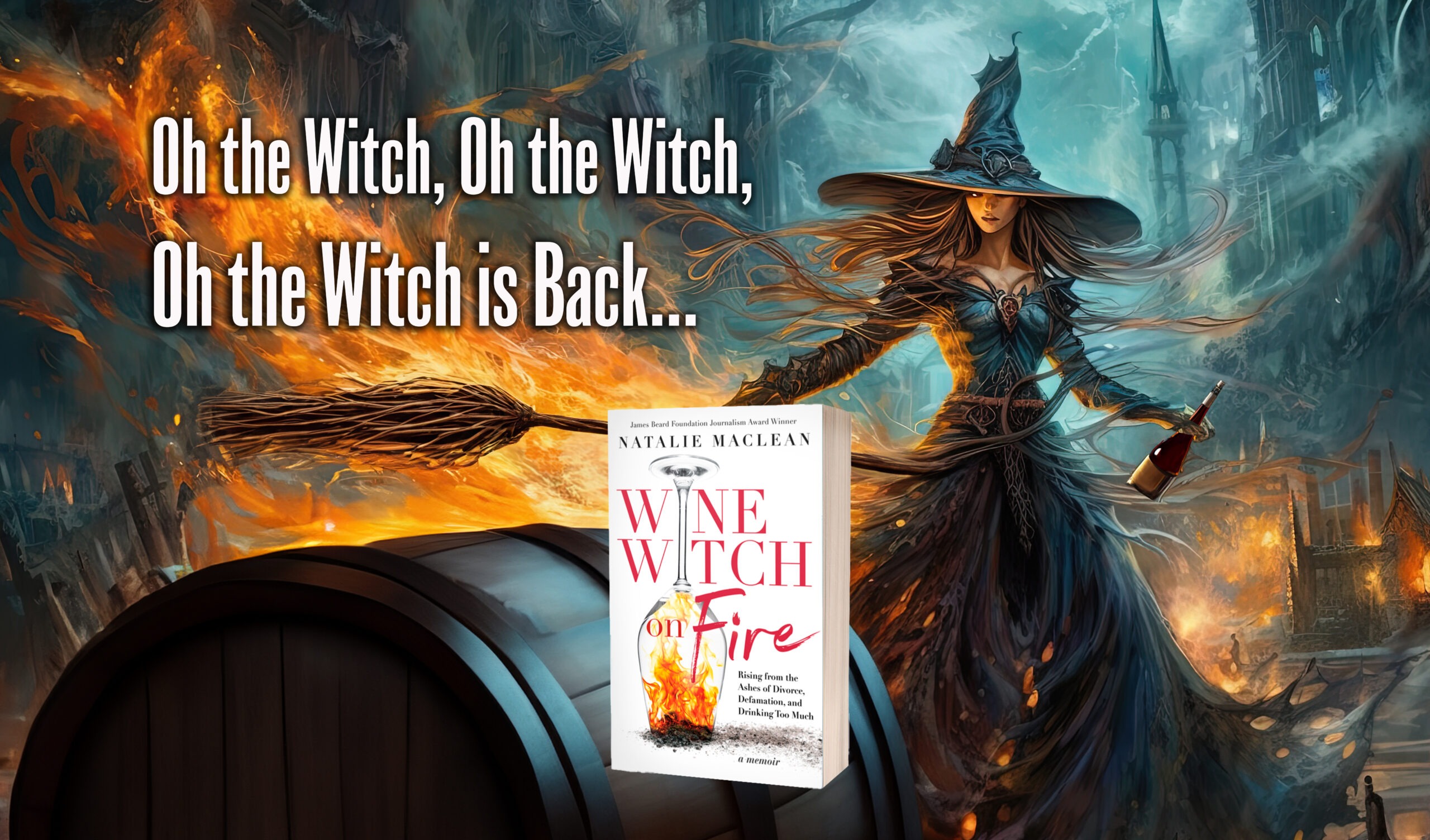
For the die-hard romantic, it is one of the most essential elements of the wine drinking experience. No, it is not Ravel’s “Bolero” or Barry White’s “Can’t Get Enough of Your Love, Babe,” it is the humble cork–that low tech little device that’s been keeping wine safely in its container since at least the 1st Century BC. We know it’s been around at least that long because vessels dating back to that era have been found with both the cork and the wine still in them. Talk about laying your wine down for a while!
For as long as wine lovers have been enjoying the fruit of the vine, the cork has been a key part of the romantic ritual, and though history has seen millions, if not billions, of corks kill the mood by shattering apart or by pushed back into the bottle, the ceremonial removal of the cork is a bit of wine drinking foreplay that most would not like to see replaced by twist off caps or synthetic enclosure materials.
Despite the history of this ritual, most people know very little about that soft wooden stopper that is crammed into the north end of most wine bottles. Cork is actually the bark harvested from a species of Oak tree known scientifically as Quercus suber, grown largely in Spain and Portugal. The bark is painstakingly harvested every nine years, and each time the bark regenerates itself it grows stronger and takes on a higher quality than the previous harvest. Sustainability could easily be cork’s middle name, because the bark removal process – axe and all – is harmless to the tree. Nothing is wasted. Once the bottle stoppers are punched out, every shred of the remaining product is put to other uses. And, properly pampered, Cork Oaks live upwards of 250 years! So it’s actually possible that the very tree whose cork was popped at your great-granddaddy’s wedding…might be the same one that offered up its bark for yours! Though more than 50% of all cork is grown in Portugal and Spain, there are a number of other countries that also grow cork for profit, including Italy, France, Tunisia, South Africa, and the USA. In fact, over 5 million acres worldwide are dedicated to corky cultivation. Today cork is used in the production of everything from floors to footwear – even spaceship insulation — and is a 1.5 billion dollar industry. And despite cork’s many other uses, wine stoppers alone represent more than a billion dollars of all those cork sales.
What many don’t realize is that cork is not simply an efficient and romantic way to seal a bottle of wine and keep air from spoiling it. Since ancient history, it has symbolized some very important virtues. Branches and leaves from the cork tree were used by the ancient Romans and Egyptians to honor their athletic superstars. In ancient Greece, the trees were revered as symbols of liberty and honor. For that reason, only priests were allowed to cut them down. These felled trees were consecrated to the Gods of Olympus.
Meanwhile, back here among the mortals, the once revered little stopper has found, itself in a bit of a tug of war recently—its reputation tainted both figuratively and literally. Cork taint, a smelly but harmless biological agent, has been labeled the ruin of many a good wine. It is believed that a compound referred to as TCA has been finding its way into quality wines by way of infected corks. Defenders of the cork claim that there are a number of other likely explanations for the musty flavor imparted into these wines such as unsanitary practices in the winery. Nonetheless, the controversy has focused a lot of attention on alternatives like screw caps and – say it isn’t so! – synthetic corks, which are cleverly designed to look and act like the real thing. Except…the replacements come up way short of actual cork on the sustainability scale, and unlike our ancient plug, are not biodegradable. Not to mention that screw caps and pseudo corks, can be prone to an aroma taint all their own: the smell of sulphur, caused by reduced oxygen supply. And, warring factions aside, we’ll tend to cast our lot with Quercus suber…the real cork deal. Because, let’s face it: popping a real cork can soak any event in celebration.










More Stories
No! Wine Does NOT Turn to Vinegar!
Abruzzo Winemaker is Making History by Remaking History!
Airplane Wine Gets an Altitude Adjustment!